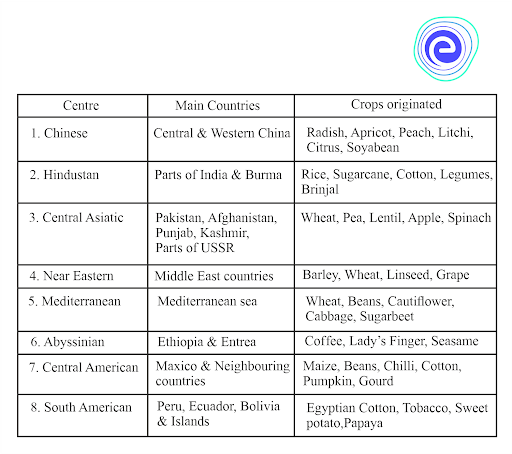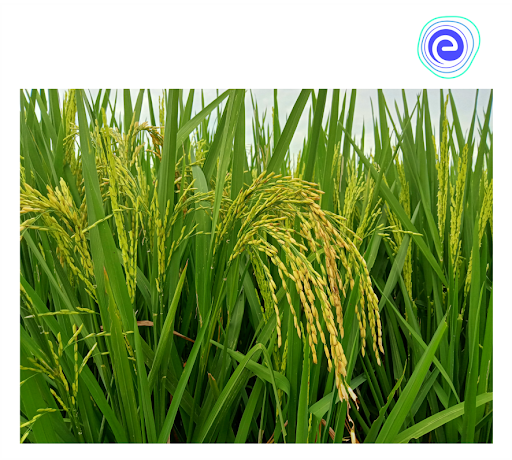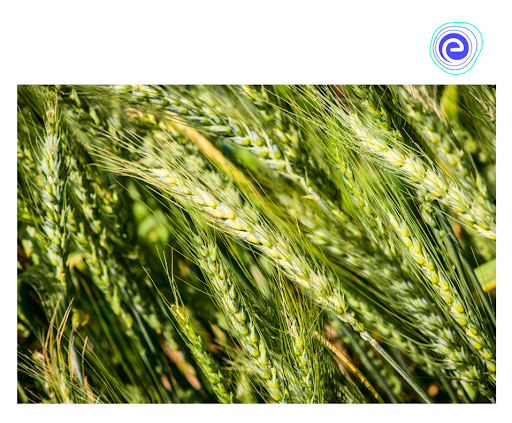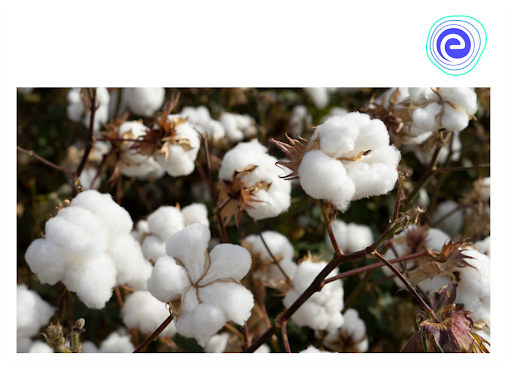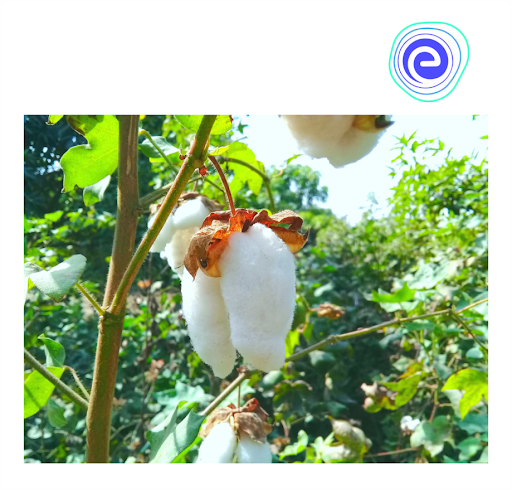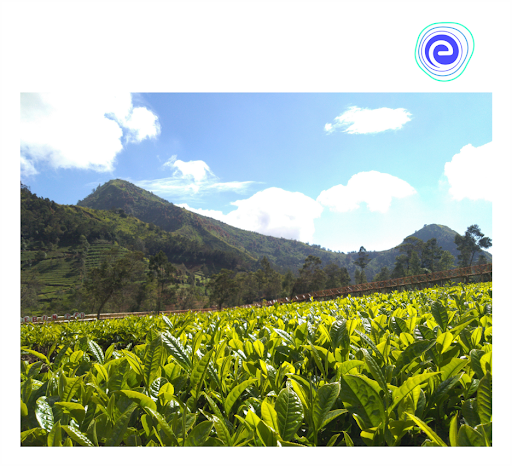- Written By
Shreya_S
- Last Modified 13-03-2025
Domestication of Plants: Definition, Origin, Effect, and Significance
Humans have co-existed with plants since the dawn of time, and plants have always played an important role in their survival. Our forefathers picked hundreds of wild plants from all over the world for their unique application after a long process of trial and error. Plant knowledge and uses have fostered the evolution of people and civilisation in a variety of ways. Domestication of plants has changed the path of human history in various ways. Plant adaptation to agriculture was critical in the transition from hunter-gatherer to agricultural cultures, and it fostered the development of cities and modern civilisation. Read on to learn more about the domestication of plants, including its origin, its effects, and its significance.
Domestication of Plants: Definition
Domestication is the hereditary restructuring of wild plants into domestic and cultivated forms in response to human needs. Domestication is the process of placing a plant species under human control and progressively altering it by careful selection, genetic alteration, and handling to make it more useful to people. Domesticated species include renewable energy sources that have supplied food and fuel other advantages to humans.
It refers to the first stage of human mastery of wild plants in the purest sense. Domesticated plants differ from their wild forebears in that they were bred by humans to satisfy certain needs or whims, and they have been adapted to the conditions of constant care and concern that people have for them.
Origins of Domestication
- During the Mesolithic Period, the earliest attempts at plant domestication were performed in the Old World.
- Before 9500 BCE, the first effective domestication of plants and animals occurred, signaling the start of the Neolithic Period.
- Primitive agriculture did not appear as a form of social activity until the Neolithic Period, when domestication was well established. (The Neolithic Period began at various times around the world, although it is widely agreed that it began between 10,000 and 8,000 BCE.)
- Although the bulk of domesticated plants that are currently used by humans was chosen and cultivated during the Neolithic Period, there were a few notable exceptions.
N. I. Vavilov postulated that crop plants evolved from wild species in diverse places, which he called “primary centres of origin.” With the movement of man, the crops moved from these locations to other ones. However, despite the fact that they did not originate there, certain crop species exhibit a wide range of shapes in specific regions. Secondary centres of origin for these species are places like these.
Vavilov has suggested eight main centres of origin:
Domesticated Plants
- The sugar beet, for example, was only developed as a sugar-producing agricultural plant in the 19th century, and mint was only developed as an agricultural crop in the 20th century.
- Domestication of vegetatively reproducing plants, such as tubers, is thought to have occurred before that of seed plants, such as cereals, legumes, and other vegetables.
- Some plants were domesticated for the strong fibres found in their stalks, which were used to make fishing nets, among other things.
- One of India’s oldest cultivated plants, Hemp is an example of a multipurpose plant: its seeds yield oil, its stalk yields fibres, and its flowers and leaves yield the narcotic hashish.
- Some plants were domesticated specifically for the creation of opioids; one such plant is tobacco, which was most likely originally used by American Indian tribes to make a narcotic drink and then for smoking.
- The opium poppy is another example of a plant that has been domesticated purely for the purpose of producing a narcotic.
- Tea, coffee, and cola are just a few of the beverage plants that have been identified and cultivated. Humans began to domesticate plants to meet aesthetic requirements for the beautiful and bizarre only after they had attained a sufficient enough level of culture.
Effects of Domestication
Most wild species’ features have been influenced by domestication, which involves three processes: mutation, hybridization, and gem-tic recombination, all of which are influenced by human or natural selection. During domestication, some traits have changed, some have disappeared, and many have evolved.
The following are some of the major characters who have been affected:
- Elimination or reduction of a spattering of pods or spikes.
- Elimination of dormancy period.
- Decrease in toxins or other undesirable substances.
- Increase in size of the grains or fruits.
- Plant type change includes decreasing or increasing height, more tillers, leaf size, branching pattern, etc.
- Early maturity.
- Increase in economic yields.
- Change in photoperiodic behaviour.
- Mode of reproduction.
- Pollination habit.
- Synchrony in flowering.
- Loss of defensive adaptation likes hairs, thorns, etc.
- Selection of bisexual variety rather than dioecious.
- Decrease in variability
- Selection of polyploidy.
Through the process of domestication, crops such as rice, wheat, barley, sugarcane, cotton, potato, tobacco, and arhar have evolved from wild species to domesticated types.
Origin of Crop Plants
Origin of Rice:
- Rice (Oryza sativa) was first cultivated in South and Southeast Asia around 300 B.C.
- The cultivated varieties of rice may have evolved from wild rice species such as O. perennis.
- Rice spread from India to China, Africa, and America, where it was domesticated into three separate varieties: indica, japonica, and javanica.
- Many morphological and physiological changes have occurred during domestication, beginning with adaption to environments of typical fields and open sun to dark wetlands.
- O. sativa was divided into three types based on differences in leaf shape and size, grain character, and other plant type characteristics.
Fig: Oryza Sativa
Origin of Wheat:
- Triticum might have been originated about 6000 years ago in Afghanistan and South-Western Himalayas and then moved with man westwards and eastwards.
- In total, four species of Triticum is cultivated in India: T. durum, T. aestivum, T. dicoccum and T. turgidum, which are allopolyploids.
- During domestication, the plant type has got changed with the major changed character in the non-brittle rachis.
Fig: Triticum aestivum
Origin of Cotton:
- Out of four species of cotton (Gossypium) under cultivation, two are diploid, and the other two are tetraploid.
- The diploid cotton has been originated during the Indus civilization about 2000 B.C. Two species migrated from India to Africa and America, where tetraploid species arose during domestication.
- The convoluted lint and its spinnability are two significant characteristics that have evolved during domestication.
- The diploid species are G. arboreum, G. herbaceum whereas the tetraploid species are G. barbadense, G. hirsutum. New world cotton is an allotetraploid.
Fig: G. hirsutum (tetraploid)
Fig: Gossypium herbaceum (diploid)
Origin of Tea:
- This crop is thought to have originated in Central Asia before being divided into two types: small-leaved China and broad-leaved Assam.
- The China type (Camellia sinensis) was further differentiated and domesticated in South China before being transported into India in the early nineteenth century, while the Assam type (Camellia assamica) originated in North East India as a secondary origin.
Fig: C. assamica
Significance in Domestication of Plants
The following is a list of possible modifications in plant species as a result of domestication:
- Adaptation to a larger range of settings and geographical locations.
- Flowering and fruiting occur at the same time and are uniform.
- Seeds are not shattered or scattered.
- Fruits and seeds have grown in size.
- Change your habit from a perennial to an annual one.
- The breeding system has changed.
- Increased output.
- Increased disease and pest resistance.
- Parthenocarpic fruit with no seeds is being developed.
- Color, appearance, palatability, and nutritional composition are all improved.
Plant Breeding
- Plant breeding is the deliberate alteration of plant species to produce desired plant kinds that are more suitable for cultivation, produce higher yields, and are disease resistant.
- Plant breeding in the old days entailed crossing or hybridising pure lines, then artificial selection to produce plants with desirable features like increased yield, nutrition, and disease resistance.
Trait for which plant breeding is done:
Trait or characters that the breeders have tried to incorporate into the plants are as follows:
- Increased crop yield
- Improve quality
- Increased tolerance to environmental stresses (salinity, extreme temperature, and drought).
- Resistant to pathogens ( viruses, fungi, and bacteria)
- Increase tolerance to an insect pest.
Summary of Domestication of Plants
Domestication is the process of placing a plant species under human control and gradually modifying it to make it more useful to humans by careful selection, genetic alteration, and handling. Selective breeding is used for domestication. Individuals with favourable characteristics are chosen to be bred, and these desirable characteristics are passed down to future generations. Crop domestication appears to have a significant impact on the relationships between plants, herbivores, and their natural enemies. Domestication has consistently lowered herbivorous insect chemical resistance, enhancing herbivore and natural enemy performance on crop plants.
Plant breeding is the purposeful manipulation of plant species in order to create desired plant types that are better suited for cultivation, give better yields and are disease resistant. Classical plant breeding involved crossing or hybridization of pure lines followed by artificial selection to produce plants with desirable traits of higher yield, nutrition and resistance to diseases. Loss of dispersal, growth in size (particularly of the harvested section of the plant), loss of seed dormancy, and loss of chemical or mechanical protection against herbivores are all characteristics of the domestication syndrome. Domesticating plants constituted a watershed moment in human history, bringing in an agricultural era and more lasting civilisations. Humans no longer needed to go on the hunt for animals or harvest plants for nourishment. Agriculture, or the cultivation of domestic plants, made it possible for fewer people to feed more people.
FAQs on Domestication of Plants
Q.1. What is the domestication of plants?
Ans: Domestication is the process of placing a plant species under human control and gradually modifying it to make it more useful to humans by careful selection, genetic alteration, and handling.
Q.2. How does domestication occur?
Ans: Selective breeding is used for domestication. Individuals with favourable characteristics are chosen to be bred, and these desirable characteristics are passed down to future generations.
Q.3. How does domestication affect crop production?
Ans: Crop domestication appears to have a significant impact on the relationships between plants, herbivores, and their natural enemies. Domestication has consistently lowered herbivorous insect chemical resistance, enhancing herbivore and natural enemy performance on crop plants.
Q.4. What is the importance of domesticating plants?
Ans: Domesticating plants constituted a watershed moment in human history, bringing in an agricultural era and more lasting civilisations. Humans no longer needed to go on the hunt for animals or harvest plants for nourishment. Agriculture, or the cultivation of domestic plants, made it possible for fewer people to feed more people.
Q.5. What are the three key changes in plants that result from domestication?
Ans: Loss of dispersal, growth in size (particularly of the harvested section of the plant), loss of seed dormancy, and loss of chemical or mechanical protection against herbivores are all characteristics of the domestication syndrome.
Hope this detailed article on Domestication of Plants helps you in your exam preparation. If you have any queries or doubts, drop them in the comments section and we will get back to you at the earliest.










